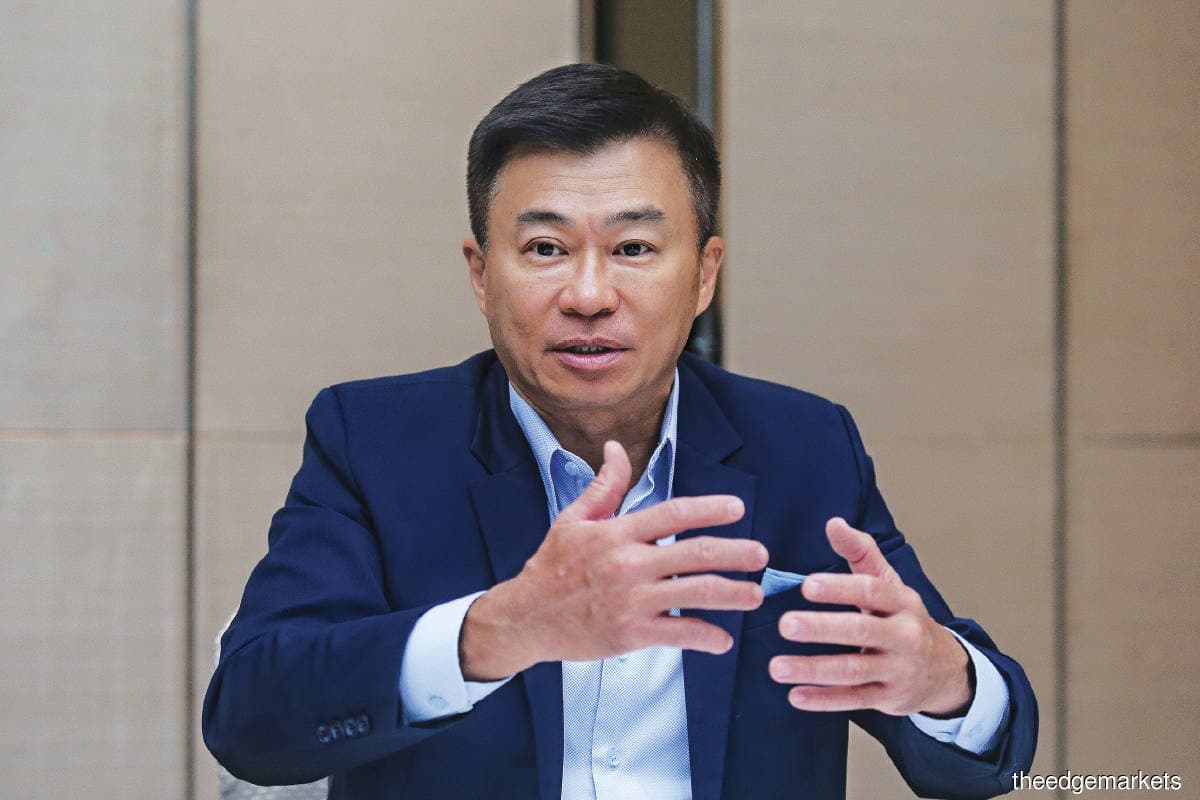
This article first appeared in Digital Edge, The Edge Malaysia Weekly on January 24, 2022 - January 30, 2022
Lifts have come a long way since Elisha Graves Otis invented the safety hoist — an automatic safety device to prevent the vertical shaft from falling in the event that the lifting chain or rope broke — in 1852.
Advances in artificial intelligence (AI) and sensors using the Internet of Things (IoT) have transformed lifts and escalators beyond their utilitarian function of carrying people between the levels of a building with speed and comfort.
Through the judicious use of technology, it has been easier to prevent breakdowns — a perennial problem with lifts and escalators, says Edward Loy, managing director of KONE Malaysia, a lift and escalator services company.
The use of predictive technology using IoT reduces downtime and makes activities such as remote monitoring effective, says Loy.
“People’s movement within buildings can be disrupted by maintenance, especially when there are unexpected outages. With AI, lifts and escalators may share performance data and maintenance concerns may be foreseen via IoT, eliminating the need for a human technician to visit the site,” he continues.
“Before visiting the lift or escalator sites, professionals can now analyse and correctly identify problems. Technicians used to have to make multiple trips to the site to detect and identify problems,” he explains, adding that technicians can diagnose issues remotely with around-the-clock monitoring services and they only need to spend time on-site to resolve the problems.
KONE is among the service providers in Malaysia that utilise AI technology. Its newest product is the DX Class lifts.
With AI, the maintenance and servicing of lifts have become more intelligent. The DX Class lifts, for example, are connected to the cloud where the data collected is stored and analysed for predicting, and effectively preventing, breakdowns.
“Based on the data acquired from everyday usage, AI assists operators by anticipating problems and managing traffic flow for lifts and escalators throughout the life cycle of the equipment,” says Loy.
In the case of KONE, it not only incorporates incoming data but also allows professionals to foresee possible issues before they occur and provide solutions, he adds. “This data is communicated in real time from the lifts and escalators to our maintenance teams and clients, allowing us to detect and rectify potential problems based on the data.”
The KONE DX Class lifts come with built-in connectivity, an application programming interface (API) and digital features that make them easily adaptable for future needs.
These lifts can be remodelled and updated with new services as they become available, without the need to tear down existing interiors, says Loy.
“The API allows various machines to connect with one another in real time. The API provides more than just useful data for preventive measures. It also allows people to use their mobile devices to signal their arrival at the lift, cutting down on waiting time.”
Some of KONE’s notable clients include The Shard in London, China Zun in Beijing and Marina Bay Sands in Singapore.
Skyscrapers such as these need more than run-of-the-mill lifts to safely transport visitors to essentially the sky, which is where AI-equipped lifts make a difference, says Loy.
KONE has been collaborating with third-party IoT platforms and providers of predictive maintenance insights for several years now as part of its 24/7 Connected Services offering, he says. “This allows building operators and maintenance providers such as KONE to tailor the maintenance specific to each lift and escalator, where they can detect potential problems even before the maintenance crew visits the site.
“Predictive maintenance is one of the most important applications of IoT in the lift and escalator business. Predictive maintenance facilities can monitor heat changes, noise fluctuations and friction.”
Technology is not perfect, so there is always a possibility that things could go wrong. Loy assures that in the case of a short circuit, buildings typically have generators to make up for the power failure and those without these have features available on the lift’s backup battery to ensure that trapped passengers can be rescued on the nearest landing floor.
To adapt to the Covid-19-related restrictions, KONE has developed health and well-being solutions to ensure the safety of users. This includes air purifiers in lifts, hand sanitisers at escalators and touchless buttons.
“In the coming years, we intend to collect more data from equipment operations so that we can better analyse the data and make better commercial and operational decisions using AI. With this information, we hope to reduce energy consumption and the number of malfunctions while guaranteeing that lifts arrive on schedule, allowing passengers to get to their destinations faster,” says Loy.
Save by subscribing to us for your print and/or digital copy.
P/S: The Edge is also available on Apple's AppStore and Androids' Google Play.
